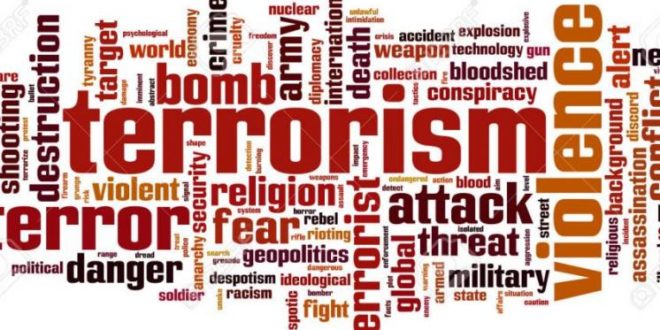The war on terror entered a new phase with the emergence of a new generation of jihadist groups and a change in tactics and tools to carry out terrorist attacks. Since 2015, large-scale reviews of counterterrorism strategies have been conducted, particularly in the United States and Western European countries. In his speech at the Riyadh Conference (May 2017), US President Donald Trump acknowledged the need to modify counterterrorism strategies globally and move the war on terror to the ideological level. It seems now that the countries involved in the fight against terrorism are converging on the need to wage a “comprehensive political war” on terrorism with a major focus on the “ideological war”.
The war on terror can last for decades. Facing this scenario requires not only the drying up of financial and military sources of terrorism, but first and foremost, the drying up of ideological roots of terrorism and preventing such groups from turning into a shelter for those abandoned and those who undergo economic, political, cultural, social and ideological predicaments. The task of the international community is to present these groups as a threat to civil societies and human development.
Heading to this level of war to counter extremism and terrorism is not only security confrontation or bids to impose a blockade on funding and arming, but it also involves upgrading methodologies to use cultural, social, economic and political capacities to reduce the impact of extremist groups, which constitute an incubator for such factions to nourish and turn into terrorist organizations. This will not be easy, especially in Arab and Muslim countries that suffer from many political, economic and social shortcomings. In short, security strategies to face terrorism have achieved little success, and if countries continue to work in accordance with these strategies, terrorism would turn terrorism into an everyday phenomenon with which people coexist. A comprehensive political war, at the core of which is the ideological war on extremism, will undoubtedly be the new title of war on terror strategies.
Since the United States decided that “global terrorism” was its main enemy at the beginning of this century, the strategies of war on terror have evolved considerably based on strategies of jihadist groups themselves. Counterterrorism strategies have been hinging on the strategies of jihadist groups and have not preceded them since the 2001 US-led war on Afghanistan.
The strategies of the war on terror in the period up to 2015 were built on seven basic pillars, although strategies generally took different priorities. The seven pillars of war on terror are:
– Direct military strikes on sites where terrorist groups hide. This includes terrorists’ (command centers, training camps, supply centers and ammunition) to weaken their combat capabilities and prevent them from launching operations against the United States and its allies.
– Control of armaments and preventing arms and weapon shipping to terrorist groups
– Control funding, monitor sources of funding and track transfers and attempts to abort any suspected terrorist activities for individuals and groups
– Control communications and try to access the internal communication systems of terrorist groups in order to obtain information to abort terrorist operations before they occur
– Control recruitment of individuals who would join terrorist organizations, especially with the increase of terrorists from within Western countries
– Control of movement of individuals suspected of direct links to terrorism and the exchange of information between the allies to counter terrorist activities
– Internationalization of war on terror under the United Nations umbrella
To move from defense to attack: the political war on terror
 Geostrategic Media Political Commentary, Analysis, Security, Defense
Geostrategic Media Political Commentary, Analysis, Security, Defense





